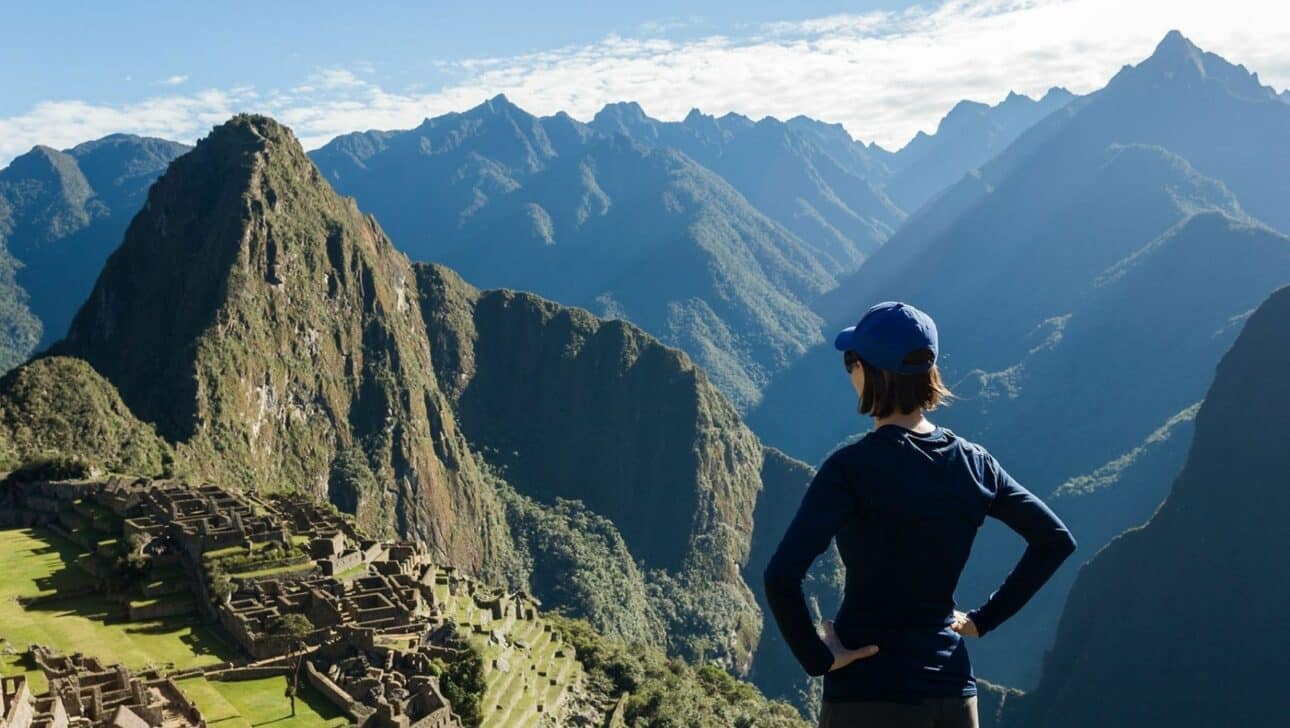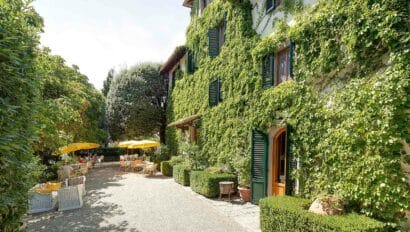Try to describe Peru and you’ll likely use words like phenomenal, mind-blowing, jaw-dropping, and cinematic. The Quechua Indians have an even better way to describe it. They simply say ‘land of abundance’ and we could not agree more.
This South American nation has ninety microclimates and innumerable landforms. Two third of the country is Amazonian jungle, and that still leaves room for a mountainous backbone of the awe-inspiring Andes and desert plains that stretch along its Pacific coastline. The world’s deepest canyons, highest lakes, longest river and largest rainforests can be found here.
Peru’s backstory brims with myths, legends and incredible feats of mankind. Most famously it is the nucleus of the Inca Empire over 500 years ago, but its history actually stretches back 20,000 years, when inhabitants were nomadic hunters and gatherers.
Customs and practices have been passed generation to generation, and today you’ll even find a vibrant carnival culture, as well as acclaimed cuisine that fuses seaside, mountain and rainforest influences to create a gastronomic table that is attracting global attention, as local chefs and restaurants receive international exposure.
Hungry to hear more about this fascinating part of the world, we quizzed local friend and expert guide, Marisol, who leads our Peru tours:
When we think of Peru, we immediately picture alpacas! Why are they so synonymous with your country?
87% of the world’s alpacas live in Peru!
They have lived here for thousands of years and have always been an integral part of Peruvian life. Incan nobility was denoted by the number of alpacas they owned!
We are the world’s main producer of alpaca fiber – their fleece comes in over 20 different shades and is softer than cashmere.
Personally, the thing I love most about alpacas is their musical humming sound!
So does that make the Alpaca Peru’s national animal?
No, Alpacas are not our national animal—in fact, Peru’s national animal is the vicuña.
Nicknamed the ‘Queen of the Andes’, it’s a member of the alpaca family, but much smaller and its coat is incredibly fine.
The thick, silky fleece made from vicuña wool has been considered a ‘cloth of gold’ and ‘fibre of the Gods’ since the time of the Incas. Our ancestors would worship these creatures and only royalty could wear their fleece. This ‘silk of the new world’ caught the eye of Spanish colonists who began hunting the animals and their population plummeted. The wool is still made today, but sustainably, and you can find it in only the finest stores – it is a fabulous material that makes cashmere seem coarse and the most expensive wool in the world!
What other interesting animals is Peru home to?
Peru has the biggest bird in the world, The Giant Andean Condor. They grow to 4 feet tall with a wingspan of 14 feet (that’s over 2 times the height of Michael Jordan!).
We also have the ugliest dog in the world! With perhaps the prettiest dog name… The Peruvian Inca Orchid sounds like it should be as attractive as the exotic flower it is named after, however the dog is very skinny and mostly hairless (some have mohawk-like tufts on their heads). Actually, they are really loveable pets and our Incan ancestors used them as living hot water bottles because they are so warm! They were believed to have mystical healing powers.
You say that Vicuña wool is the world’s most expensive wool, does Peru produce anything else this rare and costly?
Coffee! We make the most expensive coffee in the world. It is called Coati Dung Coffee and the coffee beans are eaten and then excreted by the coati (an animal a bit like a racoon). I am not kidding, it really is dung coffee! The process gives the beans a mellow taste and only a tiny amount is made each year, which means the beans are extremely expensive, around $1500 per kilo.
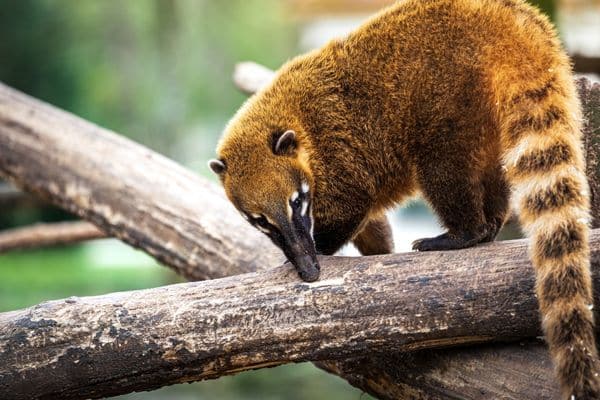
When we picture traditional Peruvian clothes, we think of those amazing colorful ponchos. Tell us something else interesting about Peruvian clothing.
A fun fact—on New Year’s Eve, it is very important to Peruvians what color underpants we put on! We often exchange them as a gift and it has to be yellow! Yellow underwear is a token of good luck for the year ahead. It is tradition to wear them inside out, then put them on the right way around once it strikes midnight.
An interesting fact about Peruvian dress is that our native Quechua people traditionally display their marital status using hats. For example, a married man would wear a red hat while a single man would wear a red and white hat. If a lady is married, she will wear a straw hat but if single, the hat will be knitted.
Do you have any other fun traditions on New Year’s Eve?
We follow the Spanish custom of eating 12 grapes on the countdown to midnight, 1 for each month of the year.
We know Peru has some of the world’s most spectacular treks but what other activities can you do?
How about snowboarding on sand? Peru has the world’s highest sand dune, Cerro Blanco in the Sechura Desert, south Peru. It reaches 3860 feet from top to toe and you can hike up with a board and ‘sandboard’ down it.
We know Peru is famous for ceviche but are there any other foods this nation should be known for?
Potatoes come from Peru! Over 3000 different varieties are grown here and there is a saying “Soy mas Peruano que la papa” (I am more Peruvian than the potato).
We know Machu Pichu is a UNESCO world heritage site and one of the New Seven Wonders of the World. What else is interesting about it?
Machu Pichu is an incredible human feat of construction seen from the ground, but actually more than half of it lies under the earth.
So much mystery surrounds Machu Pichu: how the stones have stayed together with no mortar, how builders managed to move those huge rocks up the mountainside…what exactly it was used for and why it was abandoned…
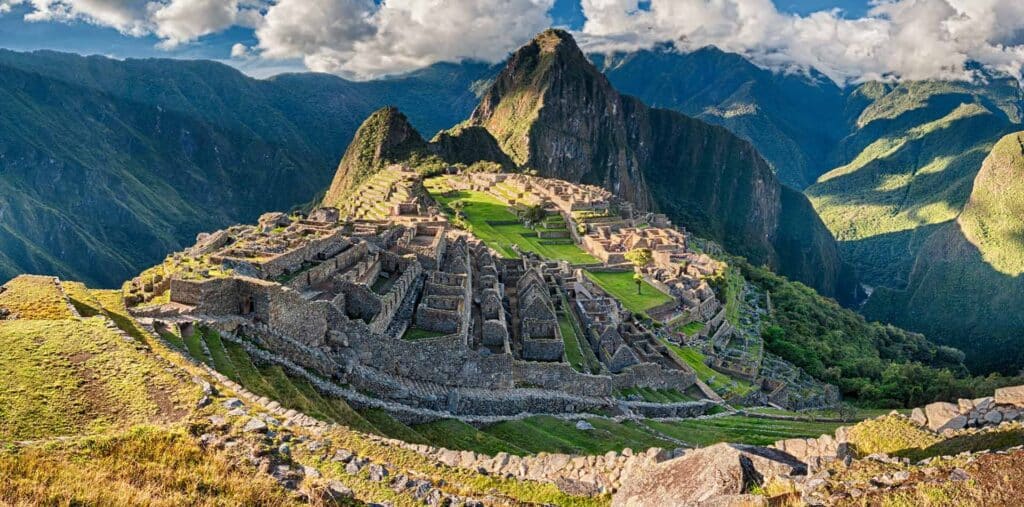
So does that make Machu Pichu Peru’s most mysterious attraction?
It’s definitely our most famous and most visited, but we also have the Nazca Lines.
They are ginormous geoglyphs of shapes and animals, drawn into the ground over 170 square miles and best seen from the sky. Some people think they are the works of aliens! How these lines in the sand have lasted thousands of years (they are no more than 12 inches deep and it is very windy there) and why they were created in the first place, is a true mystery.
Your ancestors, the Incas, are famous for their masonry. What else were they experts in?
Communications and delivery: they had a relay system where hundreds of people were positioned one mile apart along main roads. They would work like a relay team, passing along messages or items for delivery.
Record keeping: the Incas invented the census, with wool! Since they had no practice of writing, they created a way to record statistics through knots (called quipus) of different sizes and colors.
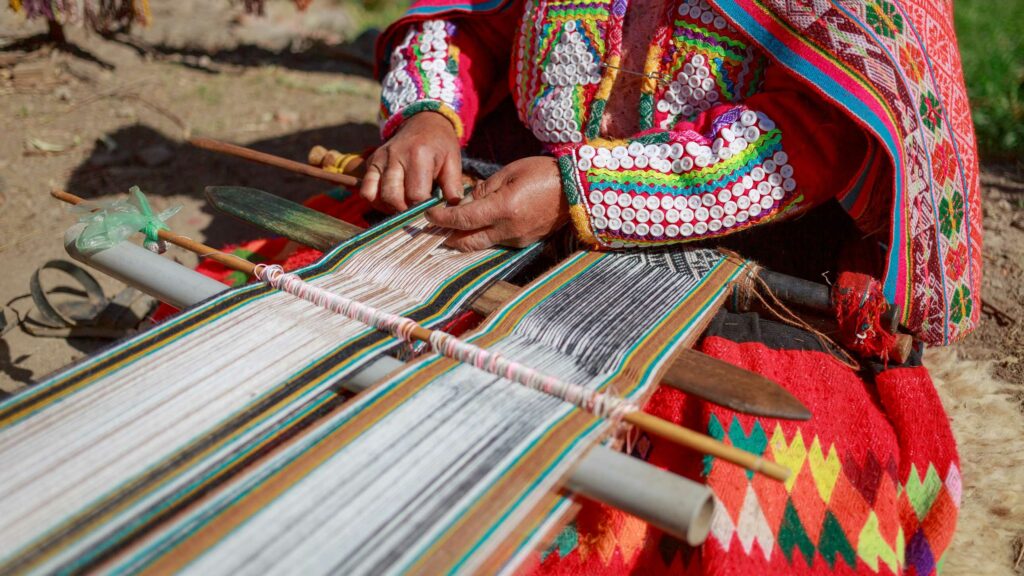
Is there anything interesting about Peru’s climate?
Absolutely! Peru is one of the most diverse countries on the planet when it comes to microclimates. We have over ninety because our landscape is so varied, from the snowy mountaintops of the Andes to the hot, dry coastal desert plains and the humid rainforest. While Lima is having its hot summers, the Andes and Amazon are experiencing a winter climate!
We love the city of Cusco—the ceremonial heart of the Inca empire—with its main square, Plaza de Armas, cathedral and Quechua culture. Tell us something we don’t know about it.
How about that the city planners constructed Cusco according to the movement of the sun and stars? Streets are aligned with sunrises, sunsets and constellations on certain solstices, equinoxes and other astronomical events.
Peru has some awesome man-made attractions, what about natural ones?
The deepest canyon on the planet can also be found in this country. Cotahuasi Canyon plunges down 11,004 feet, nearly two times deeper than the Grand Canyon.
And don’t forget the Amazon rainforest, which covers two thirds of our country and is the most biodiverse place on earth.
We also have a rainbow mountain! Humans made Machu Pichu, but Mother Nature made Vinicunca, a mountain near Cusco striped in bright colors. We only discovered this recently (in 2015) because global warming melted the snow that used to cover the slopes.

